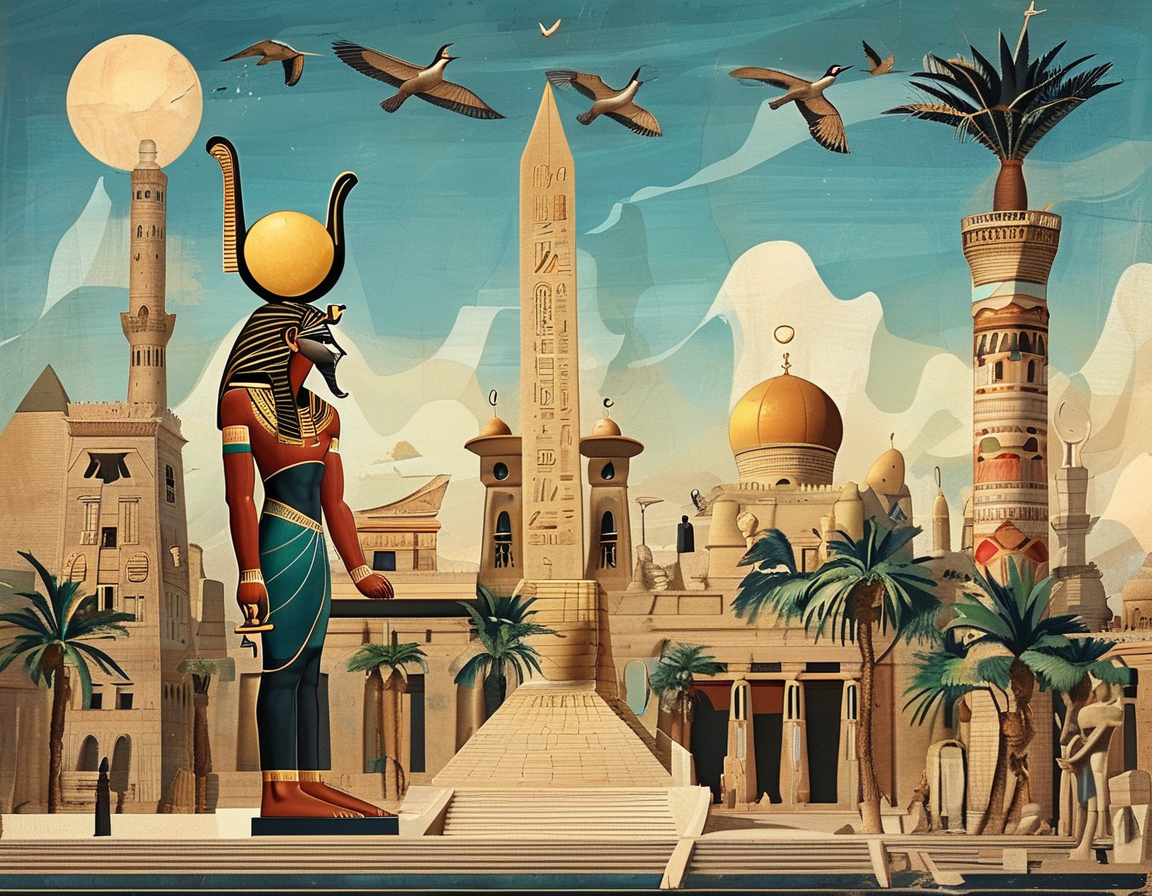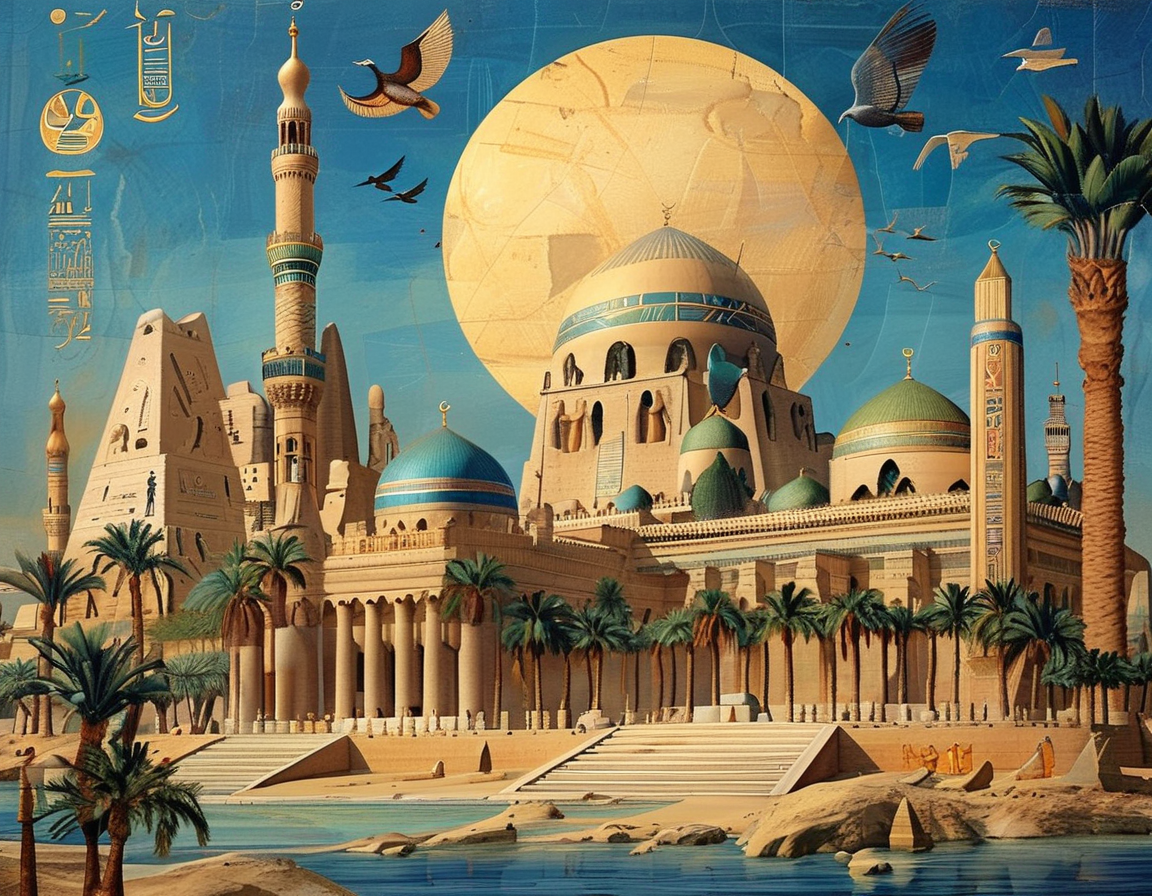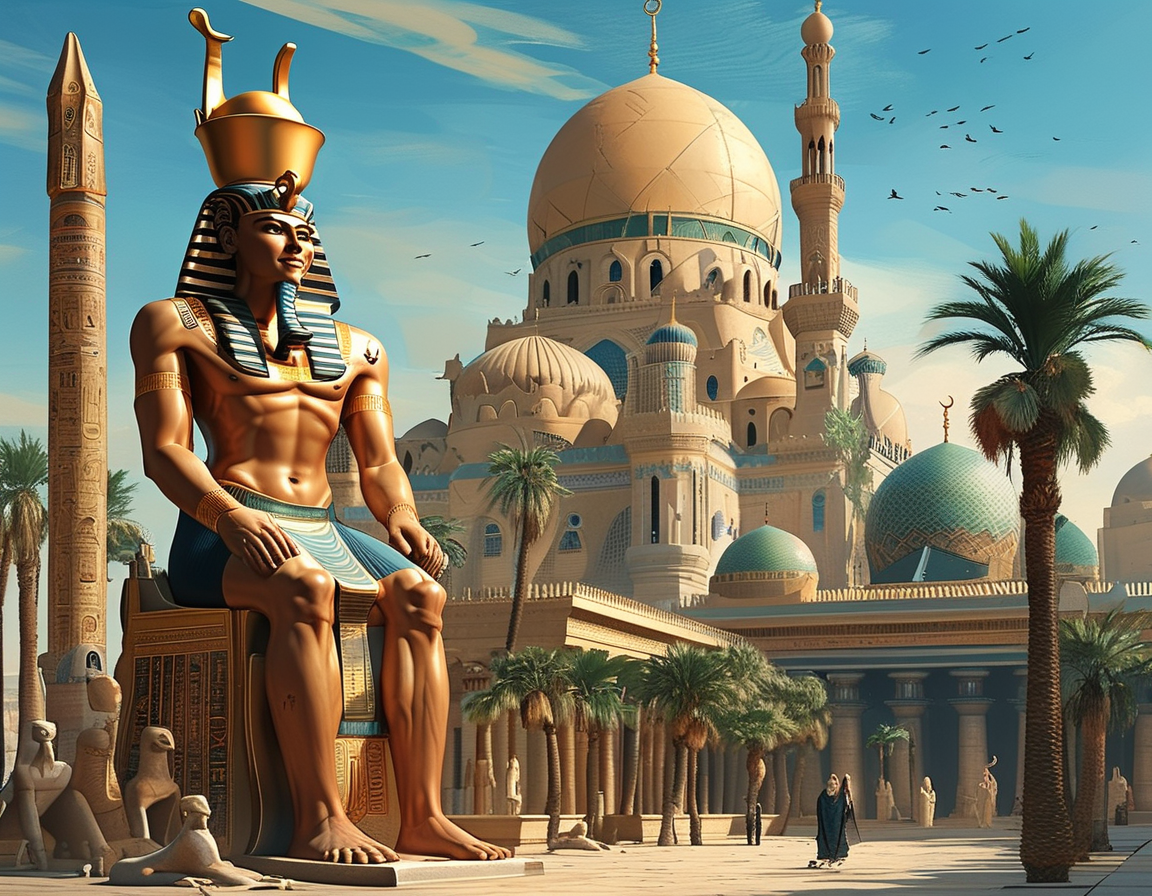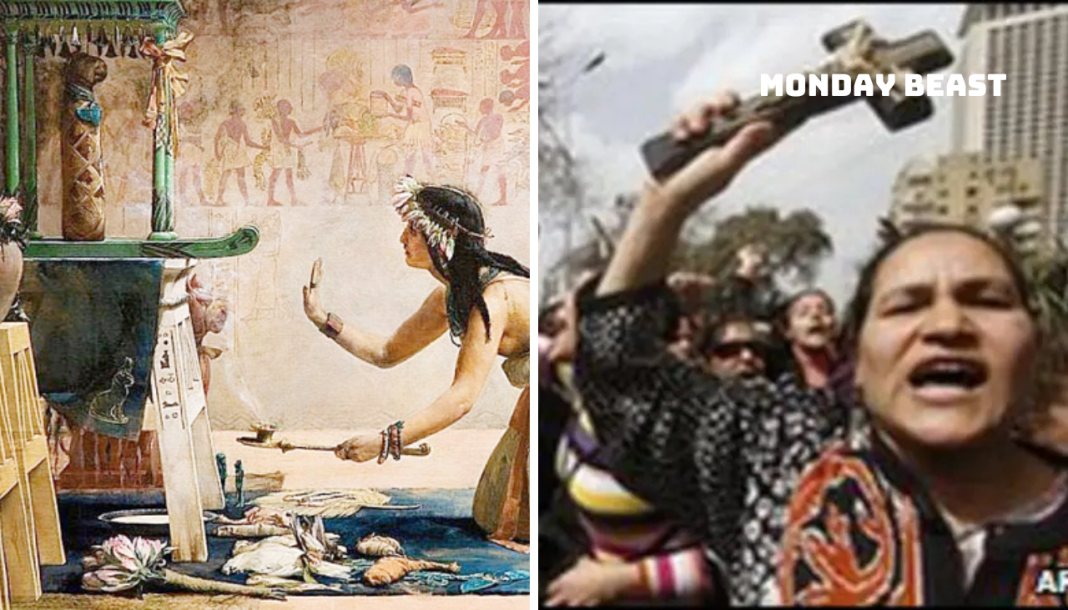Current Religious Beliefs
The landscape of religion in modern Egypt is dominated by Islam. Approximately 94.9% of Egyptians practice Sunni Islam. This deep connection influences daily life, culture, and traditions. You can’t walk through the bustling streets without hearing the call to prayer. It’s a reminder of faith shared by millions. The values of Islamic teachings weave through the fabric of society.
In contrast, Christianity represents about 5.1% of the population, primarily through the Coptic Orthodox Church. This community has a rich history, dating back centuries. Many Copts celebrate unique traditions, particularly around holidays. Their resilience in preserving their faith is inspiring. It leads one to wonder how their beliefs have adapted over time.

The Jewish community in Egypt is minuscule, less than 1%. Historically, this faith flourished in ancient times. Today, only a handful remain, carrying their heritage like precious heirlooms. Buddhism, Zoroastrianism, and the Bahá’í Faith also have small representations. Even non-religious individuals, like atheists and agnostics, contribute to this diverse mosaic.
Ancient Religious Beliefs
The ancient Egyptians lived in a world filled with gods and goddesses. They worshipped a plethora of deities, including Ra, the sun god. Isis represented life, while Osiris embodied death. These gods shaped their understanding of existence. Can you imagine a daily life intertwined with so many divine figures? Each god had a specific role, influencing everything from agriculture to morality.
Pharaohs were seen as living gods, mediators between humans and the divine. Their authority was unchallenged, as they led religious rituals and built monumental temples. These spaces weren’t mere buildings; they were gateways to the divine. They served as vast canvases for art, celebrating creation and life. How fascinating is it to think of these rulers as both leaders and divine beings?

Central to all these beliefs was the principle of Ma’at, symbolizing order and justice. It was more than a concept; it governed their way of life, from how they treated one another to their understanding of cosmic balance. Modern Egyptians might reach back to this notion when discussing justice today, even if they don’t realize it.
Continuities and Interactions
Despite the predominance of Islam today, echoes of ancient practices can still be found. Rituals from ancient times have woven into the fabric of modern religious practices. For example, festivals might reflect ancient traditions, albeit in a new light. Are we not all shaped by the past?
Additionally, both Christians and Muslims reference Egypt’s rich history in their rituals. This symbiotic relationship evokes a sense of shared identity, even among differing beliefs. Thus, the ancient symbols and cultural heritage still resonate today. They serve as a reminder of their deep-seated history and connection to the past.

Current religious beliefs reflect a tapestry of continuity and change. As Egypt continues evolving, so do its spiritual practices. Looking forward, one must ask—how will these ancient threads shape the beliefs of future generations? Time will tell, but its rich cultural and spiritual history endures.




